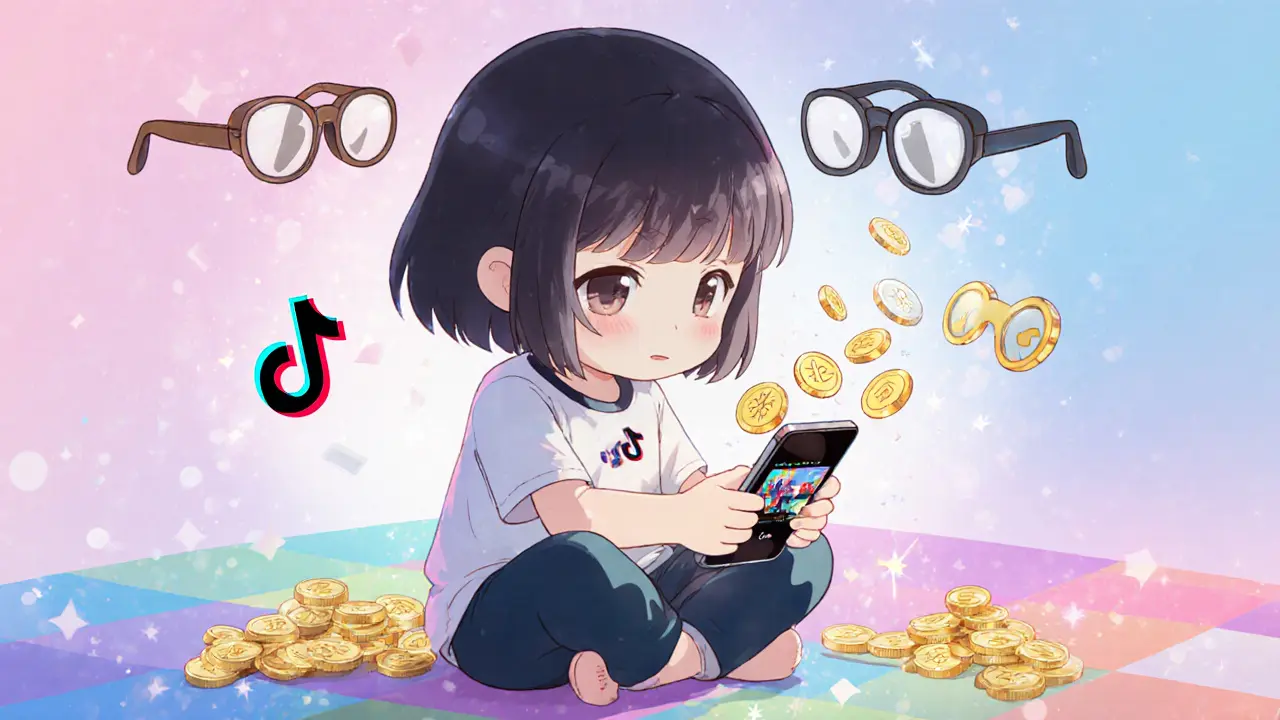GameFi Token: What It Is, How It Works, and Which Ones to Watch
When you hear GameFi token, a cryptocurrency built into blockchain-based games that rewards players with real-world value. Also known as play-to-earn tokens, it powers the entire economy of games where your time, skill, and effort translate into digital assets you can trade or sell. Unlike traditional games where your progress dies when you log off, GameFi tokens let you own what you earn—whether it’s a rare weapon, a virtual land plot, or just the coins you collect while fighting monsters.
These tokens don’t exist in a vacuum. They’re tied to blockchain gaming, games built on public ledgers like Ethereum or Solana that track ownership and transactions transparently. That means every sword, pet, or skin you get isn’t just a file on a server—it’s a verifiable NFT or token you control. And because these games run on open networks, you can move your assets between platforms, sell them on marketplaces, or even use them in other games if developers allow it. But here’s the catch: not all GameFi projects are built to last. Many are hype-driven, with tokens that crash when the player base dries up. The ones that stick around? They have real gameplay, actual utility, and a community that keeps playing—not just speculating.
That’s where play-to-earn, a model where players earn cryptocurrency or NFTs by completing tasks, winning matches, or contributing to the game’s ecosystem comes in. It sounds simple: play harder, earn more. But in practice, it’s messy. Some games require you to buy expensive NFTs just to start playing—turning it into a pay-to-win trap. Others give you tokens that can’t be cashed out easily, or have no real demand outside the game. The smart players look for projects with low entry barriers, clear tokenomics, and a track record of updates—not just flashy marketing.
And then there’s the NFT game tokens, digital assets tied to in-game items that are unique, non-fungible, and owned by players. These aren’t just coins—they’re collectibles with scarcity baked in. A dragon skin in one game might be worth $500 because only 100 exist. But without a liquid market or real demand, that same skin could be worth $5 tomorrow. The key is understanding what gives these tokens value: utility, rarity, community, and whether the game actually works well.
Looking at the posts below, you’ll see real examples—some are tokens with zero trading volume, no team, and no future. Others are built on solid chains, with players actually earning and using their rewards. You’ll find deep dives into tokens that look like memes but have hidden mechanics, and others that promise big returns but collapse under their own weight. No fluff. No hype. Just what’s real, what’s risky, and what’s worth your time.
